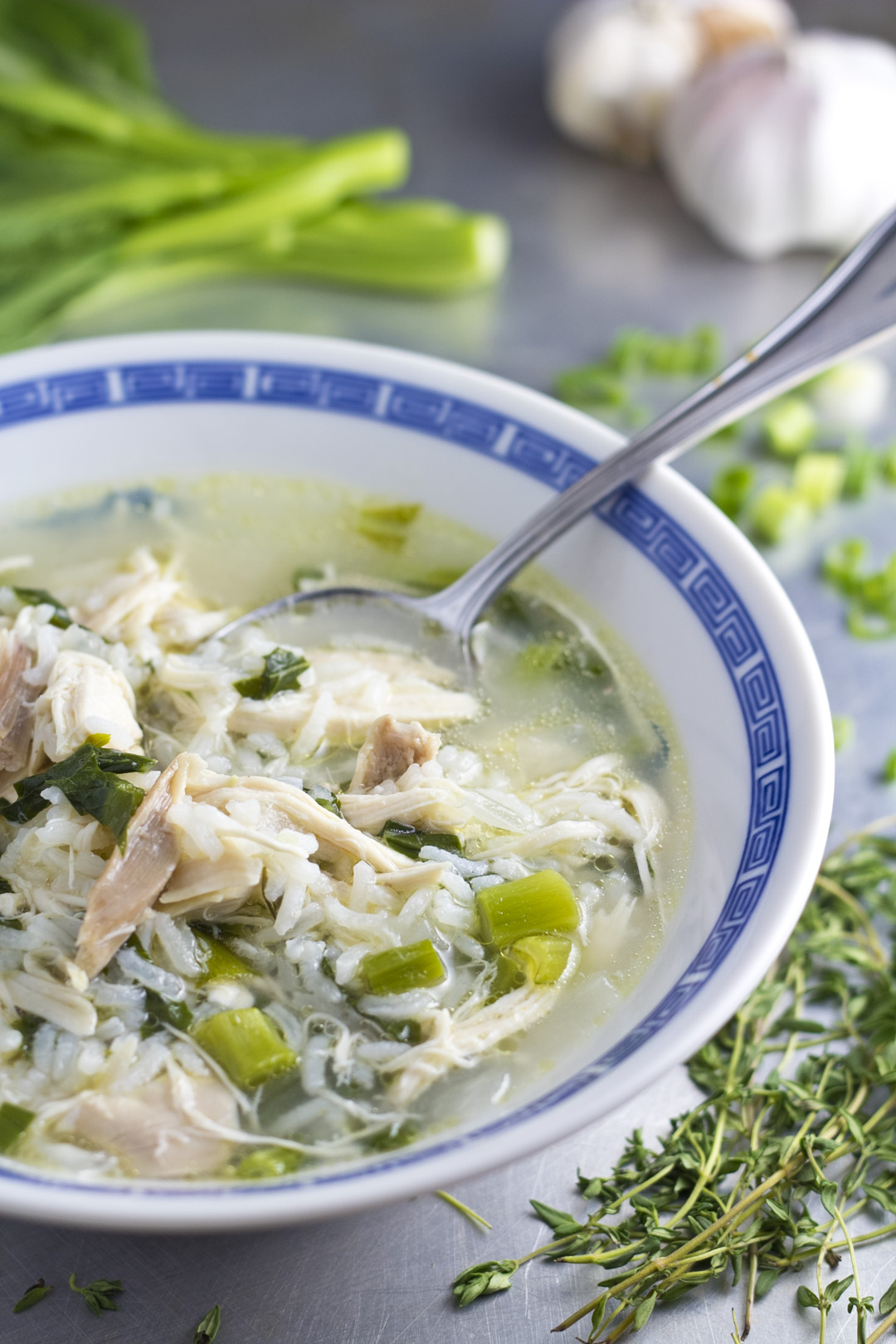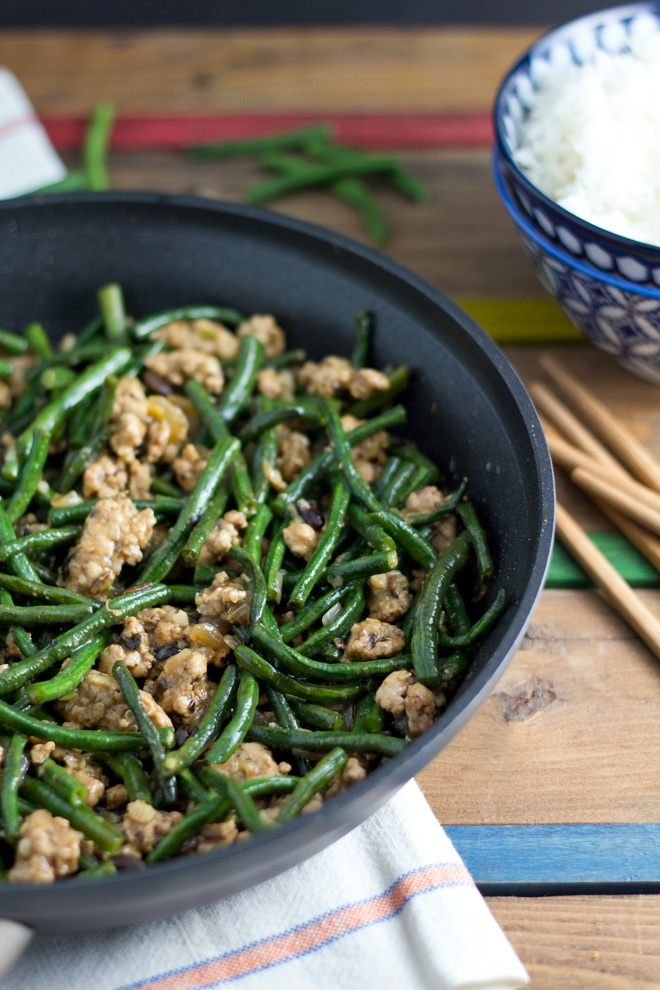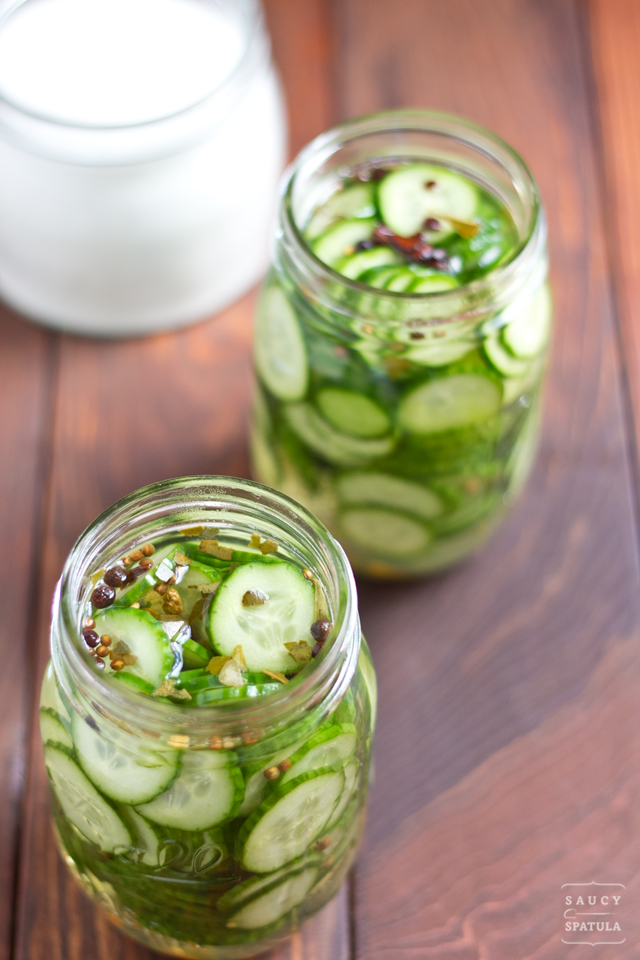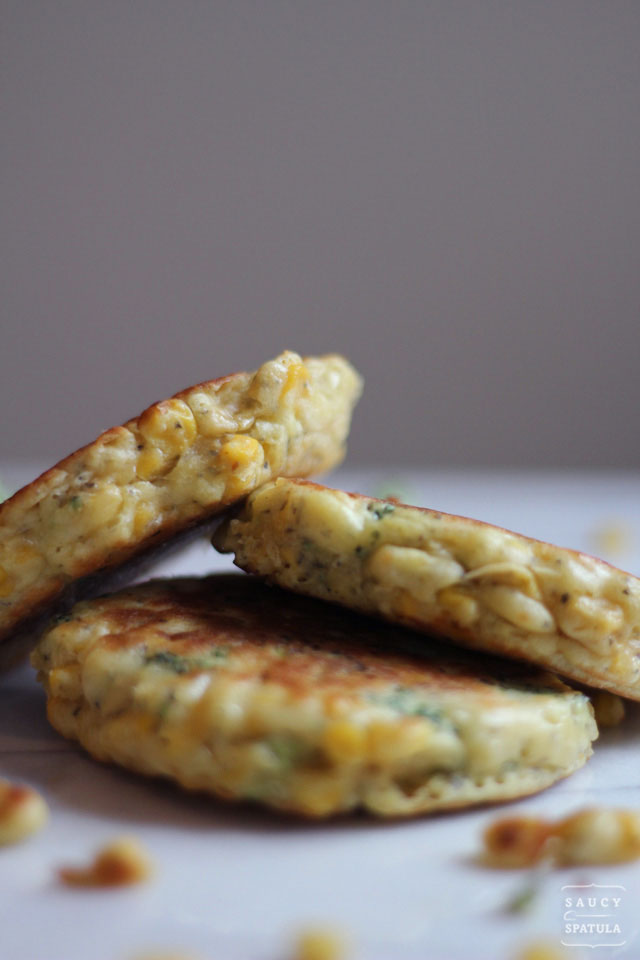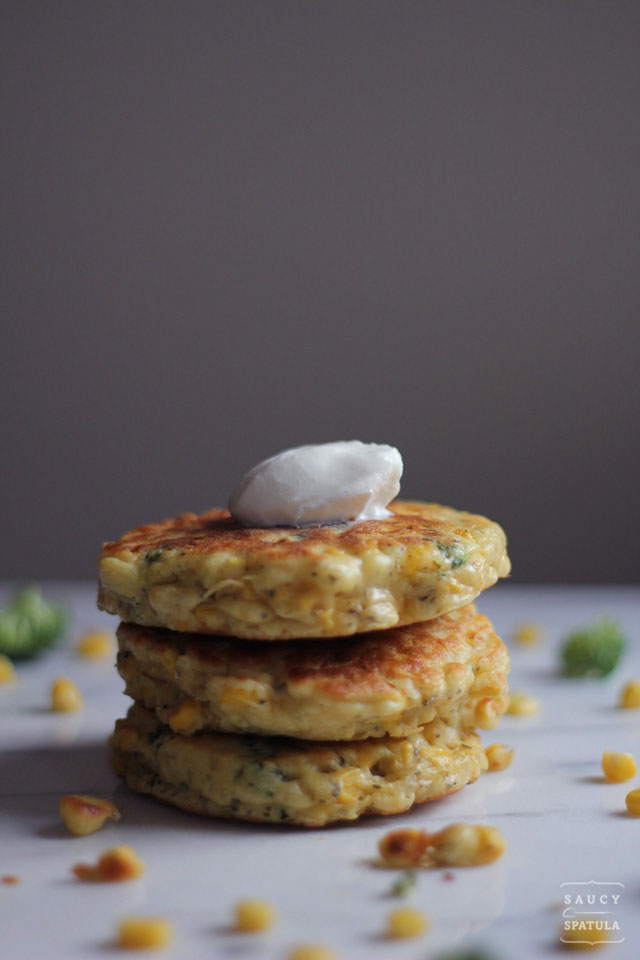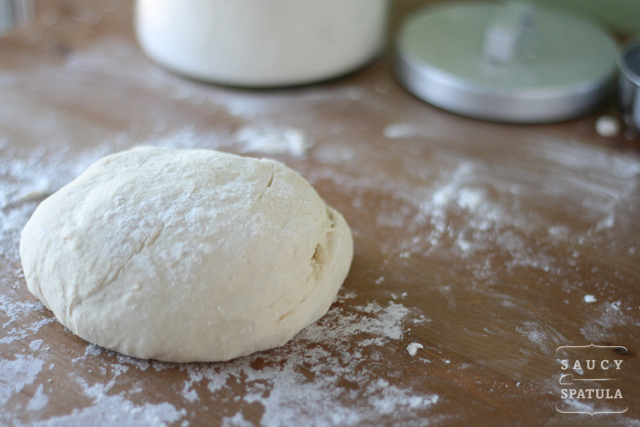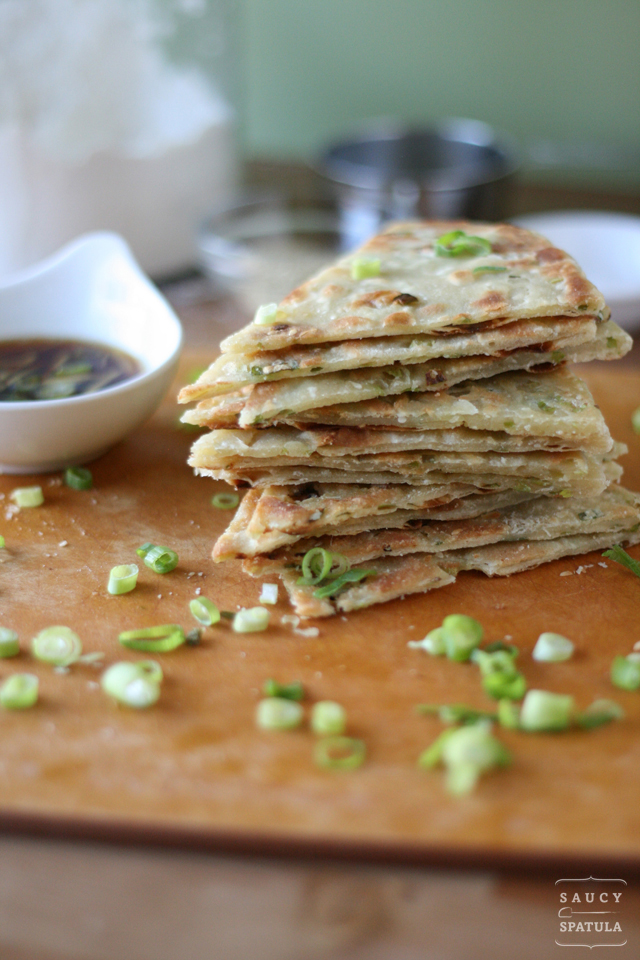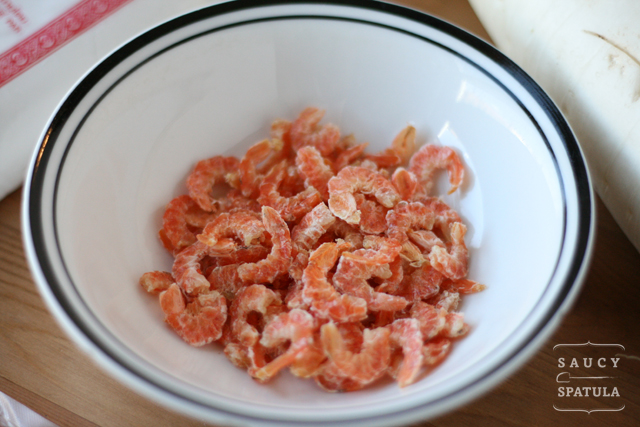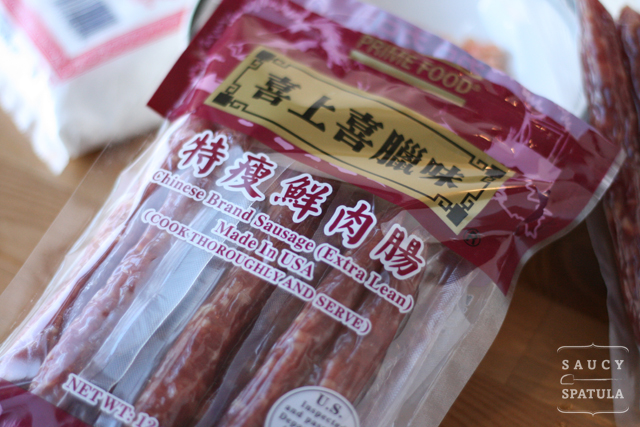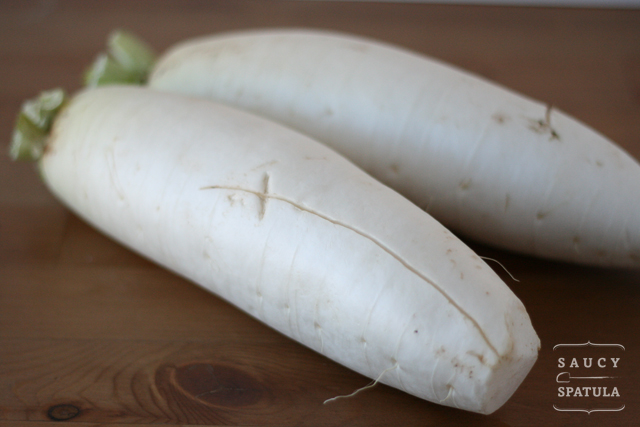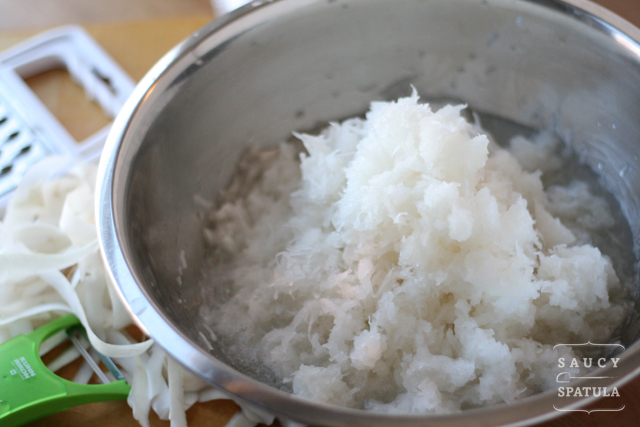Guys. I'm obsessed. I don't use that word often but for today's post, I just think it's appropriate. Two things that I'm obsessed with for the past three months: A Chef's Life, and chicken and rice.
The PBS show A Chef's Life reminds me a ton of how I grew up in the countryside of Hong Kong. It also reminds me of how my mom used to run our family restaurant back when I was younger as I watched and helped her prep in the kitchen. By learning about the South from an agriculture and lifestyle perspective, I came to realize that the way of life of the Hakkas and people from the South share a lot of things in common. If you remember reading my Hakka heritage post a while back, I talked about the fact that many Hakka families, like mine, were raised around farming and the countryside. I think the South is beautiful and Southerners truly know how to appreciate food because they understand the work that goes into each grain of rice and each slice of meat.
The Hakka cuisine is also very similar to Southern cuisine with lots of fresh, seasonal, hearty, rustic, and flavorful meals. And it is, too, very regional. I've never lived in the South or know all that much about Southern cuisine other than what I've learned on A Chef's Life and Mind of a Chef with Sean Brock so I can't say that the typical ingredients found in Southern cooking are the ingredients used in Hakka cooking but basics are there. I was delighted to learn that many Southern dishes also celebrate pork as much as the Hakka cuisine does.
Lately, I've been taking Vivian's mom Scarlett's chicken and rice recipe and adapting it into a tong faan (湯飯), which means rice soup in Cantonese. When I used to live with my mom, we would have tong faan often because it's just so damn simple and it's so comforting on those cold winter nights. She would save the pot liquid from boiling choy sum (a leafy green in the mustard family), and we'd fill our bowls with rice then pour the hot vegetable broth into the bowls. It's really that simple. And, of course, dinner would be served with a few other dishes as usual. Tong faan isn't something you'd actually get at a restaurant but it's a comfort food that you'd enjoy at home. And don't mistake the Tong faan with congee or rice porridge (jook) which is much thicker and creamier and often eaten as breakfast in many Asian cultures.
Chicken and Rice Soup with Choy Sum (菜心雞湯飯)
Prep time: 30 mins Cook time: 1 hour 30 mins Total time: 2 hours
You'll need:
- 1 organic whole chicken, about 4lbs
- 3 sprigs thyme
- 3 bay leaf
- 2 tbsp salt
- 1 1/2 tsp white pepper powder
- 1/2 bulk garlic, peeled and smashed
- 1 1/2 cups chopped yellow onion
- 1 1/2 cups white rice
- 1/2 lb chopped [i]Choy Sum[/i]
- 3 stalks chopped scallion
Approach:
- In a large stock pot, put in the chicken, bay leaf, thyme, salt, and white pepper. Fill water up to one inch above the top of the bird. Cook on medium heat for about 1 hour or until the meat has started to fall off the bone. Turn off the heat and let the bird sit in the broth for another 30 minutes. Remove the whole chicken, and discard bay leaf and thyme.
- Debone the chicken and tear the meat into small pieces.
- Bring the broth back on medium heat, and add the chopped onion and rice. Let it cook for 8 minutes then add the chicken back in the pot along with the chopped choy sum and scallion. Let it all cook for 5 more minutes until the rice has cooked through but not broken. Stir and check the rice frequently.
- Serve immediately.
Notes:
Resist rinsing of the rice as the starch will make the soup richer.
Adapted from Scarlett's Chicken and Rice.




